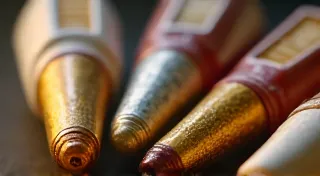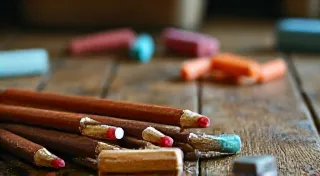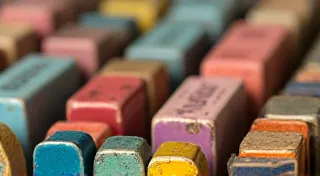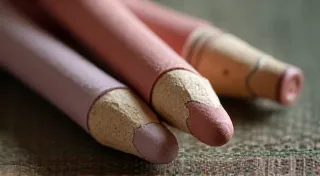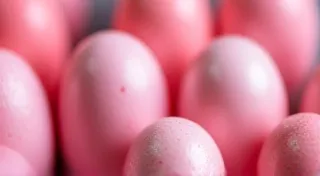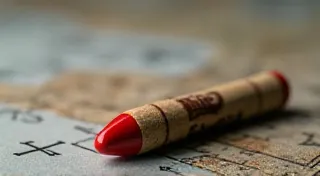Building a Starter Collection: Essential Vintage Erasers to Own
Welcome to the fascinating world of vintage pencil erasers! It's a niche collecting hobby, often overlooked, but brimming with history, quirky designs, and surprisingly high values. Many people associate collecting with stamps or coins, but collectible stationery, particularly vintage erasers, offers a unique and accessible entry point for those drawn to nostalgic objects and the charm of a bygone era. This guide is specifically for beginners – those just starting their collecting journey. We’ll explore some essential vintage erasers that are relatively easy to find, offer a good introduction to different types, and won't break the bank (at least, not initially!).
Why Collect Vintage Erasers?
Beyond the simple function of erasing pencil marks, vintage erasers hold a story. They reflect the advertising styles, manufacturing techniques, and popular culture of their time. Early erasers were a novelty, often made from incredibly soft rubber and shaped into amusing figures. Later, companies started using them as miniature billboards, promoting everything from toothpaste to tires. The variety is astounding – from simple pink rubber squares to elaborate celluloid animals and intricate molded figures. The tactile nature of these small objects, the memories they evoke, and the potential for uncovering rare finds make them compelling collectibles. To truly understand the evolution of these fascinating objects, consider delving into the rise of rubber and how pencil erasers developed from simple tools to collectible art.
Getting Started: Key Eraser Types for Beginners
Building a starter collection doesn't require a huge investment or years of research. Focusing on easily identifiable types will provide a solid foundation and help you learn the nuances of the market. Here are some excellent choices:
1. Figural Rubber Erasers (1930s-1950s)
These are the most iconic and often sought-after vintage erasers. Typically made of soft pink rubber, they depict animals (cats, dogs, bears, rabbits), cartoon characters (Mickey Mouse, Bugs Bunny, and countless others), and sometimes even human figures. Condition is key with these – brittle, crumbling rubber significantly reduces value. Look for pieces with vibrant color and intact features.
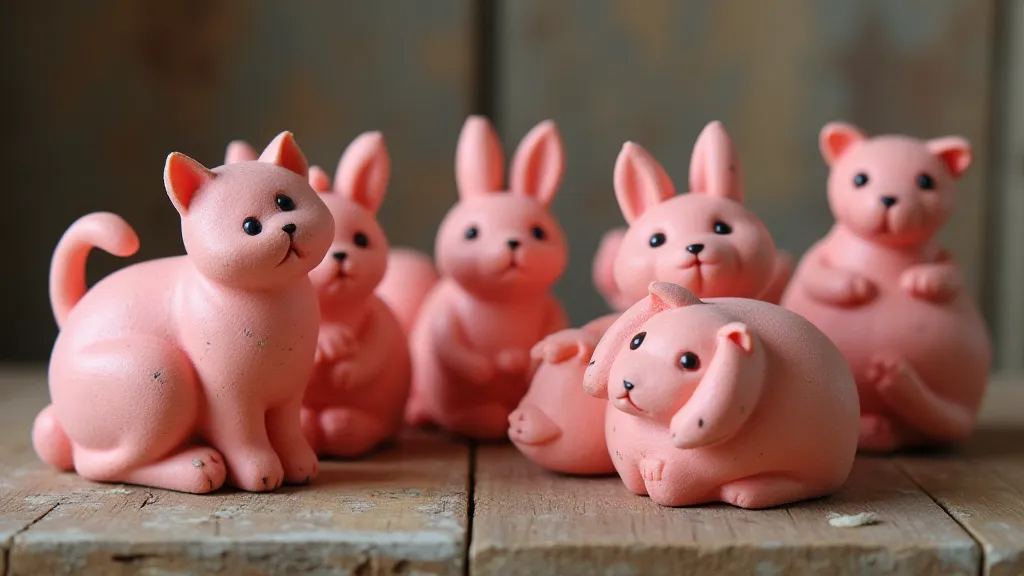
2. Porcelain Erasers (1920s-1940s)
These were commonly produced by the Wahl Mfg. Co., and often feature cartoon characters like Mickey Mouse, Pluto, and others from the Disney universe. Porcelain erasers are durable, but chips and cracks are common. Look for pieces with bright colors and minimal damage. The rarity of certain characters greatly impacts their value. The world of animal erasers includes many examples of porcelain figures, adding an extra layer of interest for collectors.
3. Celluloid Erasers (1920s-1950s)
Celluloid, an early plastic, allowed for more detailed and complex eraser designs. You're likely to find animal shapes, flowers, and other decorative motifs. Celluloid can be brittle and prone to cracking, so careful handling is essential. These are often less valuable than rubber or porcelain erasers, making them a good starting point for building quantity in your collection.
4. Composition Erasers (1930s-1960s)
Composition erasers are typically made of a mixture of wood pulp, glue, and other materials. They've been frequently used for promotional purposes and often feature advertising slogans or brand names. These are often easier to find and represent a wide variety of manufacturers and products.
5. Advertising Erasers (Throughout the 20th Century)
As companies realized the advertising potential, erasers became miniature billboards. These can range from simple printed designs on rubber erasers to elaborate molded figures promoting specific products. Look for unusual or historically significant brands to increase the value of your collection.
Understanding Value and Condition
Determining the value of a vintage eraser involves several factors. Condition is paramount. An eraser in excellent condition, with bright color and intact features, will command a higher price than one that is brittle, cracked, or heavily soiled. Rarity also plays a significant role. Common erasers are readily available and relatively inexpensive, while rare or unusual pieces can fetch hundreds or even thousands of dollars.
Here's a general guideline, but remember that market fluctuations and specific demand can significantly impact prices:
- Common Rubber Figural Erasers: $5 - $20
- Porcelain Disney Erasers (Common Characters): $10 - $50
- Rare or Highly Desired Porcelain Disney Erasers: $100+
- Celluloid Erasers (Common Designs): $2 - $10
- Advertising Erasers (Common Brands): $3 - $15
- Rare Advertising Erasers (Unique Brands or Designs): $20+
Where to Find Vintage Pencil Erasers
The hunt is part of the fun! Here are some common places to find vintage pencil erasers:
- Antique Stores: A reliable but often more expensive option.
- Flea Markets: Great for bargains, but requires patience and a keen eye.
- Estate Sales: Often a treasure trove of vintage items, including stationery.
- Online Auction Sites (eBay, etc.): A vast selection, but requires careful scrutiny of descriptions and photos.
- Online Collector Forums and Groups: Connect with other collectors and buy/sell/trade erasers.
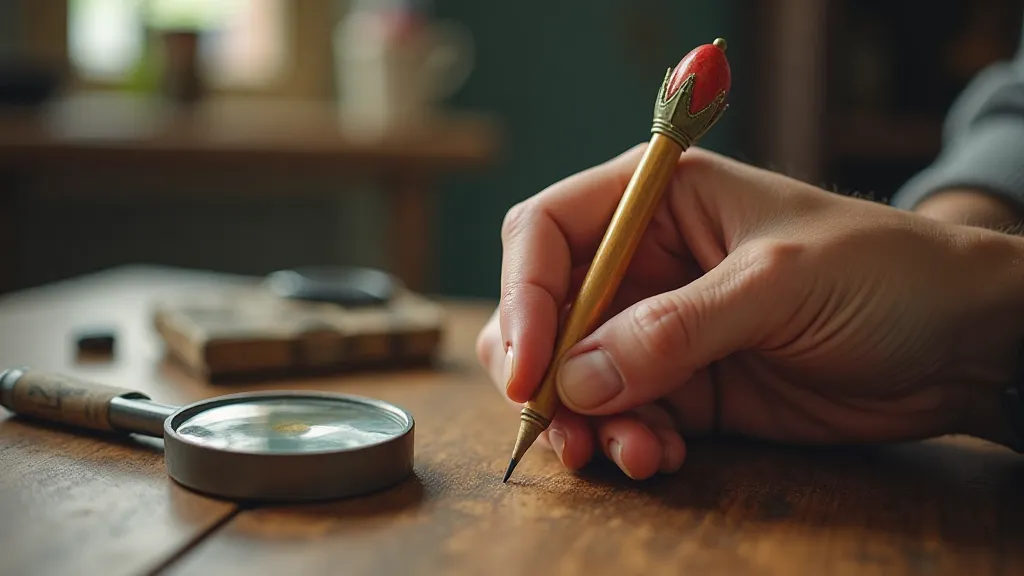
Tips for Beginner Collectors
- Start Small: Don't try to collect everything at once. Focus on a specific type or era.
- Do Your Research: Learn about different manufacturers, advertising campaigns, and eraser designs. Understanding the evolution of a company like Blick & Diehl and their contributions to the eraser market can deepen your appreciation for the hobby. Learn more about their history and designs.
- Join a Community: Connect with other collectors for advice, information, and potential trading opportunities.
- Handle with Care: Vintage erasers are often fragile. Store them carefully and avoid excessive handling.
- Enjoy the Process: Collecting should be fun! Don’t be discouraged by setbacks or high prices.
Building a vintage pencil eraser collection is a rewarding hobby. It combines history, nostalgia, and the thrill of the hunt. By starting with the essentials and following these tips, you'll be well on your way to creating a fascinating and valuable collection of these charming relics of the past. Further research can also provide insights into identifying vintage erasers and understanding those subtle markings and characteristics that signal authenticity and value.
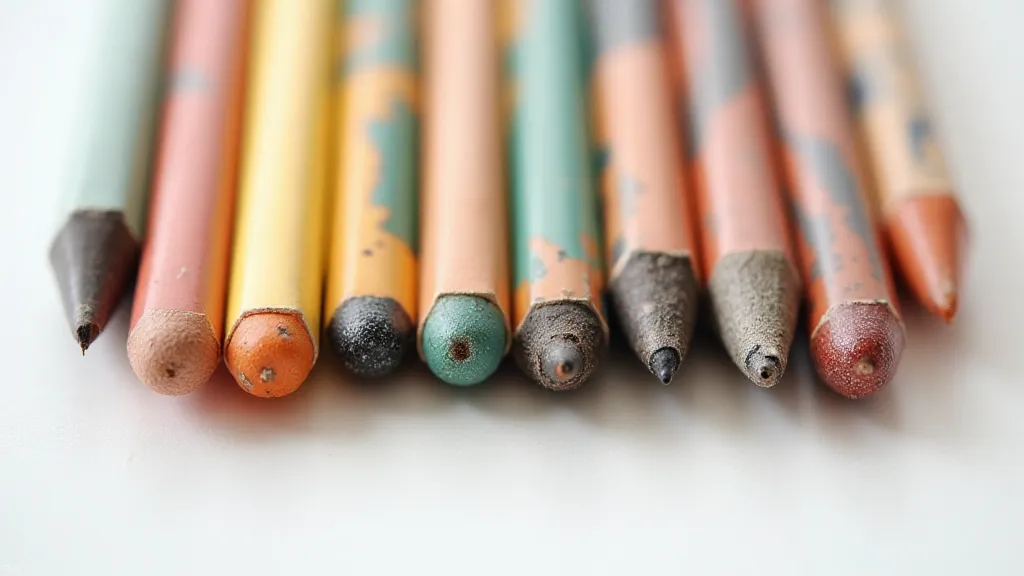
Beyond the Basics: Delving Deeper into Eraser Collecting
Once you've established a foundation in your vintage eraser collection, consider specializing further. Some collectors focus on specific eras, like the Art Deco period, known for its geometric designs and luxurious materials. Others become experts in particular manufacturers, like the previously mentioned Blick & Diehl, meticulously cataloging their diverse output. The possibilities are truly endless.
The Importance of Preservation
Vintage erasers, being delicate artifacts of a bygone era, require careful preservation. Proper storage is essential. Avoid direct sunlight, extreme temperatures, and humidity, all of which can accelerate deterioration. Individual erasers can be stored in acid-free sleeves or boxes to further protect them from damage. Regular inspection of your collection is also a good practice, allowing you to identify and address any potential issues before they escalate.
Connecting with the Community
The vintage eraser collecting community is a vibrant and welcoming group of enthusiasts. Online forums, social media groups, and collector conventions provide excellent opportunities to connect with fellow collectors, share knowledge, and trade erasers. Engaging with the community can significantly enhance your collecting experience and provide invaluable insights into the market.
